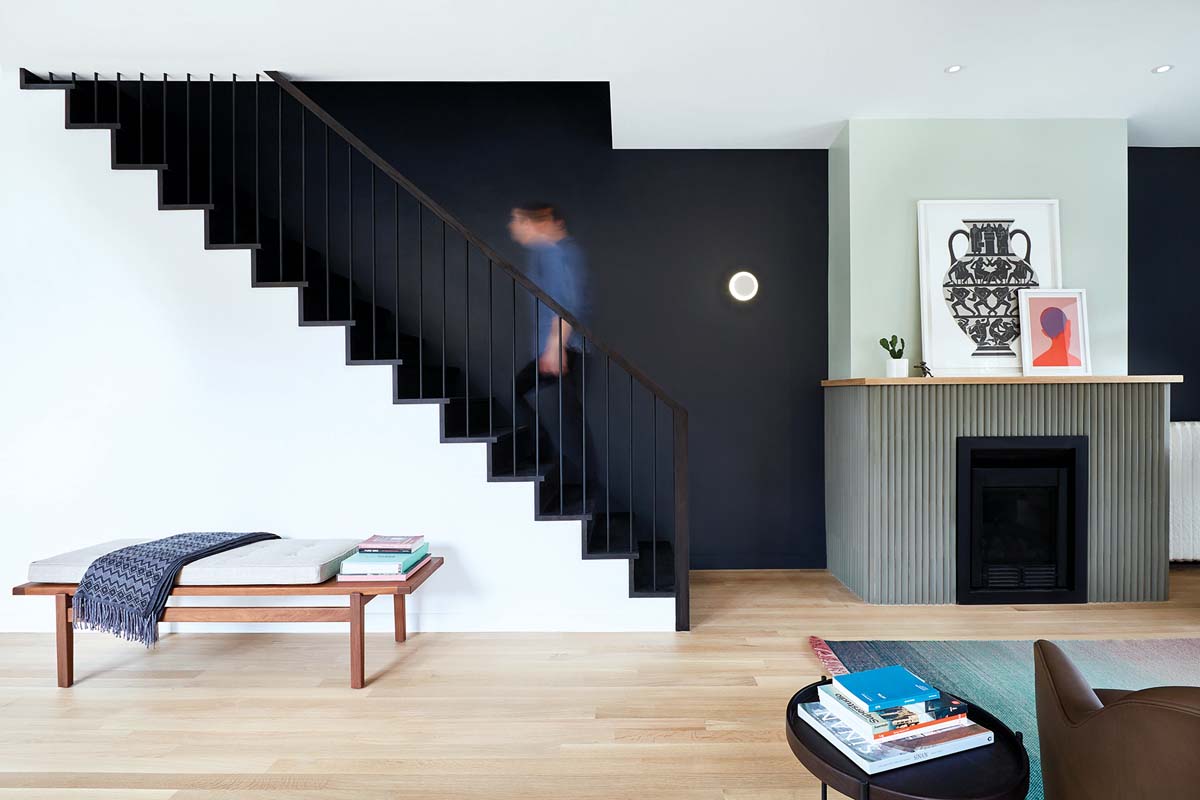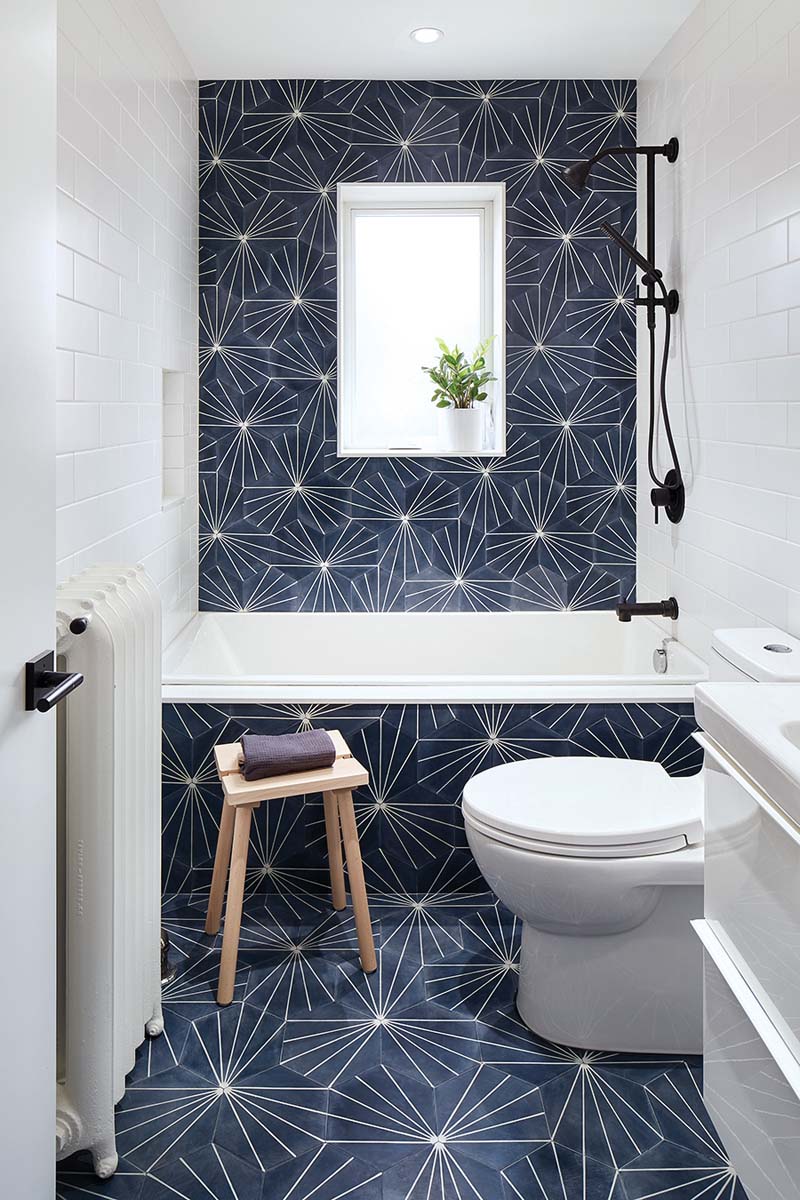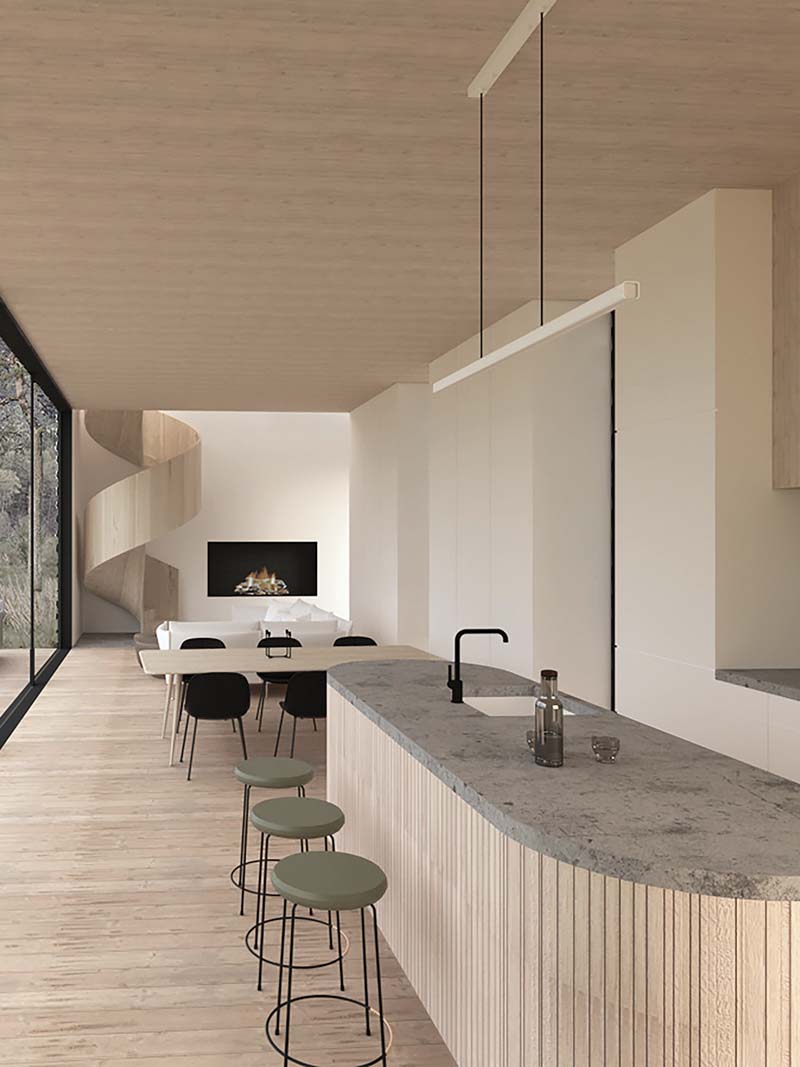Twenty + Change: AAmp Studio, Toronto, Ontario
For Anne-Marie Armstrong and Andrew Ashey, collaboration, advocacy, and diversity are the way forward for architecture.


For Anne-Marie Armstrong and Andrew Ashey, collaboration, advocacy, and diversity are the way forward for architecture.
Since starting AAmp Studio in 2014, they’ve challenged the traditional top-down approach to architecture, striving to listen deeply to their clients and stakeholders. In Ashey’s view, their work often has a larger social dimension. “We are trained to advocate for the best space for the public good,” he says. Similarly, for Armstrong, the practice is about “finding solutions that are inclusive and welcoming of people from diverse backgrounds.” The pair aims to create spaces that are not only beautiful and intelligent, but that are also “welcoming and contribute to the community.”


This drive for inclusion is evidenced by the types of work they take on. Hospitality and residential projects allow them to develop a close connection with clients, stakeholders, and other professionals. For Ell House, they worked alongside Ravi Handa Architect and the clients “to create a warm and inviting environment with a simple, but refined approach,” Armstrong says.
They also want to foster collaboration within the architecture community. Armstrong is a founding member and director of mentorship with BAIDA (Black Architects and Interior Designers Association), a non-profit organization that advocates for improving access to professional resources and advancing inclusion. “It’s still rare to see diversity in architecture schools and the profession at large,” Armstrong notes; her work with BAIDA is helping to change that. She brings her experiences as an architect, firm co-founder, and educator to her mentorship of students and young professionals.


Prior to launching their own practice in Los Angeles (and later in Toronto and Maine), Armstrong and Ashey worked for firms across North America, including Gehry Partners and Rapt Studio in Los Angeles. “Between the two of us, we have a bit of diversity in our work experience,” Ashey says, noting that “the L.A. landscape influenced our work [in] making sure the spaces we create connect to their environments.”
Their keen entrepreneurial instincts allowed Armstrong and Ashey to draw lessons from those workplaces and develop their own firm’s style and voice. Such varied experiences, they think, are essential for emerging architects as they set out on their own.

Armstrong and Ashey see AAmp Studio as a work in progress—always searching for the next project and the challenges it may bring. They enjoy working on different typologies and, Armstrong says, “discovering a new design approach every time that is responsive to our clients’ needs.” Current projects include an accessory dwelling in L.A., a vacation residence in Prince Edward County on Lake Ontario, a townhouse in Toronto, and a cocktail bar in Rhode Island. They hope to eventually tackle larger public buildings. “Adding more community-centric projects to our scope of work would be wonderful,” Armstrong says.
This profile is part of our August 2021 feature story: Twenty + Change: Emerging Talent .
